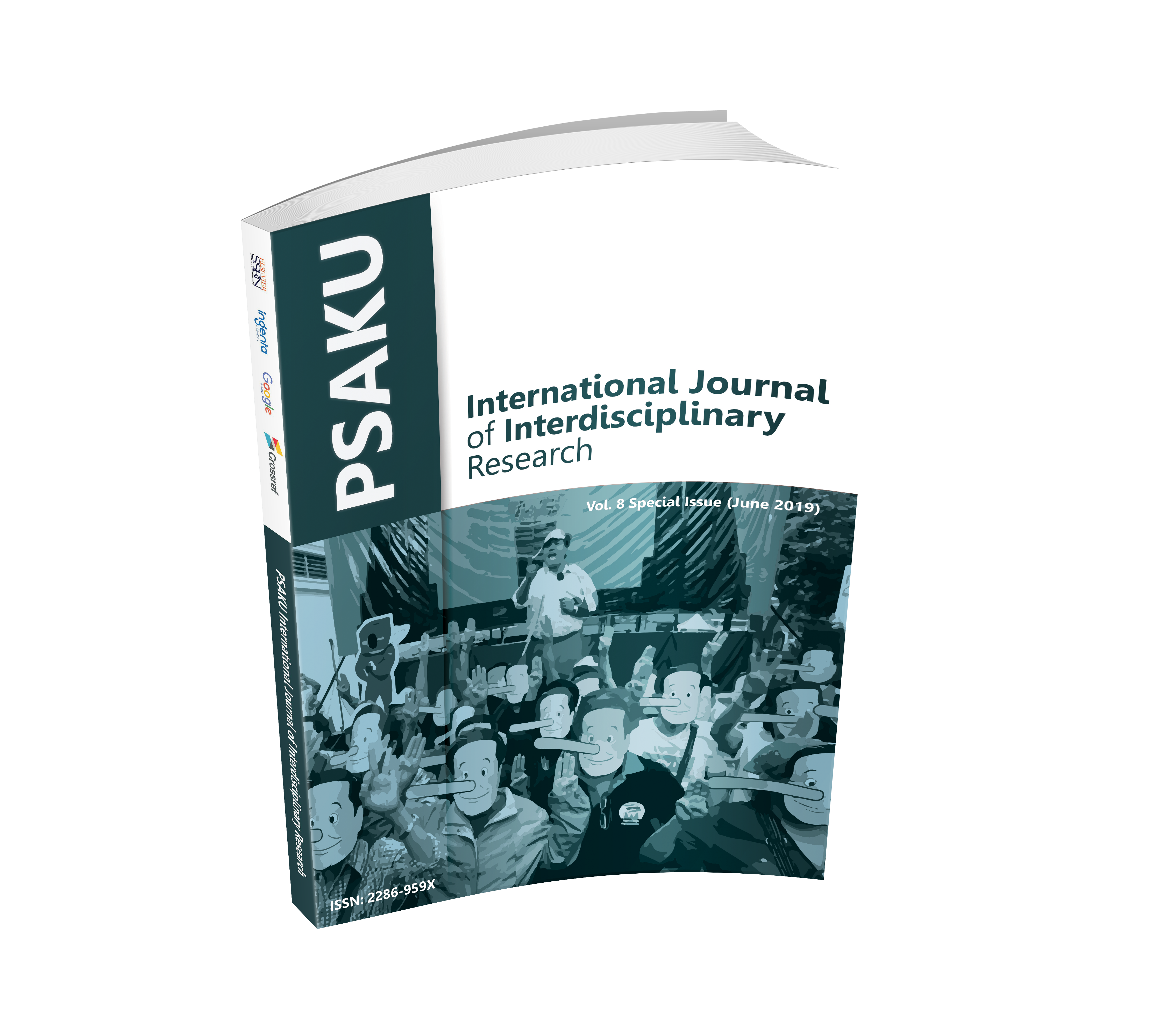The Gastronomic Creative Tourism Management Guidelines: Dating Back to the Past, Gastronomy along the Laos Vientiane Migration Route in Northeast Thailand
Keywords:
Gastronomic, Gastronomy, Creative Tourism, GuidelinesAbstract
The aim of the research was to study creative tourism with the Lao way of eating, immigrated in the Chao Phra-Wo and Chao Phra-Ta period and to present the gastronomic creative tourism management guidelines in Namsai community, Roi-Et, Thailand. This research was used the qualitative research methods, interviews and focus group discussions. Research tools are interviews and tools for community participation, especially data analysis using content analysis method. The study indicated that (1) the history of Ban Nam Sai community is the Lao Vientiane migrant from the political and administrative conflict within Vientiane city, around 1771. (2) The potential of tourism consists of attractions, activities, amenities and accessibility. (3) The gastronomy tourism including daily food, Seasonal food, Twelve conventions “Heet-Sib-Song” traditional and belief in gastronomy. (4) Mostly, Local foods are fish “Pla-Khao" can be cooked as food, such as spicy fish salad “Larb”, slices of fish salad “Phla", Spicy soup “Tom”, steaming, steamed fish curry “Mok", scald slices fish “Luok” and curry “Aum” and (5) the gastronomic creative tourism management guidelines.
Downloads












.png)


